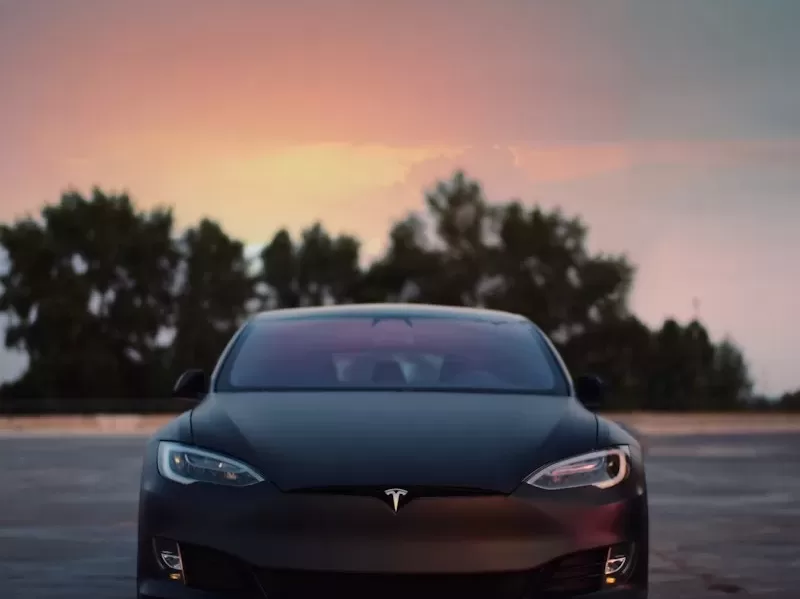The amount of energy needed to recharge an electric vehicle (EV) depends on several factors, including the battery's capacity, its state of charge, and the efficiency of the charging process. Here's a general explanation:
- Battery Capacity: EV batteries are typically measured in kilowatt-hours (kWh). This metric indicates the battery's energy storage capacity. For example, a battery with a 60 kWh capacity can store 60 kilowatt-hours of electricity.
- State of Charge (SoC): The amount of energy needed to recharge an EV also depends on its current state of charge. If the battery is almost empty, it will require more energy to fully recharge compared to a battery that's already half-full.
- Charging Efficiency: Not all the energy from the grid translates directly to stored energy in the battery due to losses in the charging process. Charging efficiency can vary, but it's typically around 85% to 95%. This means if you need to add 60 kWh of energy to a battery, you might need to draw about 63 to 70 kWh from the grid.
To calculate the energy required to recharge an EV, you can use the following formula:
Energy Required (kWh)=Battery Capacity (kWh) - Current Battery Level (kWh)Charging EfficiencyEnergy Required (kWh)=Charging EfficiencyBattery Capacity (kWh) - Current Battery Level (kWh)
As an example, if you have an EV with a 75 kWh battery that's depleted to 25% of its capacity, and you assume a charging efficiency of 90%, the calculation would look like this:
- The battery's current level is 25% of 75 kWh, which equals 18.75 kWh.
- The energy needed to fully recharge the battery is 75 kWh - 18.75 kWh = 56.25 kWh.
- Adjusting for a 90% charging efficiency, you'd need approximately 56.250.90.956.25 kWh from the grid.
Let's do this specific calculation to find out the exact amount of energy needed from the grid.
To fully recharge the EV in this example, you would need approximately 62.5 kWh of energy from the grid, taking into account the charging efficiency. This calculation assumes you're starting from a 25% charge on a 75 kWh battery and aiming to recharge it to 100% with a 90% charging efficiency.
Now, let's consider the average household energy usage. This can vary significantly depending on the country, the size of the household, the climate, and the efficiency of appliances and heating/cooling systems. In the United States, for example, the average annual electricity consumption for a residential utility customer was about 10,649 kWh in 2019, according to the U.S. Energy Information Administration (EIA). To compare on a daily basis:
Average Daily Household Energy Usage (kWh)=Annual Household Energy Usage (kWh)365Average Daily Household Energy Usage (kWh)=365Annual Household Energy Usage (kWh)
Let's calculate the average daily household energy usage using this figure and then compare it to the energy required to recharge the EV.
The average daily energy usage of a household in the United States is approximately 29.2 kWh. Comparing this to the 62.5 kWh needed to recharge the EV from our previous example, recharging the EV requires more than twice the daily energy consumption of an average household.
This comparison illustrates the significant amount of energy EVs can consume relative to typical household usage, underscoring the importance of efficient energy use and the potential impact of EVs on household energy budgets and the broader electricity
Demand for EV charging will Raise your kWh Cost

The integration of electric vehicles (EVs) into our transportation system represents a pivotal shift towards sustainability and a significant reduction in carbon emissions. However, this transition also brings to light the challenges associated with scaling up electrical infrastructure to meet the increasing demand for electricity, primarily due to the proliferation of EV charging stations. The concerns you've raised about the electrical grid and the economic implications of growing EV adoption are both valid and complex, touching on several critical aspects of energy management, infrastructure resilience, and economic policy.
Impact on the Electrical Grid
As the adoption of EVs continues to accelerate, the demand for electricity will undoubtedly increase. This is not just about the number of EVs being charged but also about when and where they're charged. The grid, designed for fluctuating demand, faces new peaks as more EVs connect, especially during evenings when people return home and plug in their vehicles. This could lead to increased strain on local transformers and distribution networks, particularly in areas where the infrastructure may already be nearing capacity or is outdated.
Grid Upgrades: Addressing these challenges will require substantial investments in grid modernization, including upgrading transformers, enhancing substations, and deploying advanced distribution management systems to handle the increased load more efficiently. Moreover, smart grid technologies can play a crucial role in balancing the load through demand response programs that encourage charging during off-peak hours, thus mitigating potential stress on the grid.
Economic Considerations
The economic implications of the shift towards electric mobility are multifaceted. On one hand, increased demand for electricity could lead to higher energy prices if the supply does not keep pace with demand or if the costs of necessary grid upgrades are passed on to consumers. On the other hand, the diversification of energy sources, particularly with a shift towards more renewable energy, could help stabilize or even reduce electricity costs over time.
Energy Pricing and Policy: It is crucial for energy policies to be forward-thinking, promoting investments in renewable energy sources and energy storage solutions to meet the growing demand without relying solely on conventional fossil fuels. Such investments not only support the sustainability goals associated with EVs but also help in stabilizing energy prices. Additionally, regulatory frameworks can incentivize the development of fast-charging infrastructure in a way that aligns with grid capacity and renewable energy availability, ensuring that the transition to electric mobility is both sustainable and economically viable.
Long-Term Outlook
The transition to electric vehicles represents a significant step towards reducing greenhouse gas emissions and combating climate change. However, it necessitates a holistic approach that considers the capacity and resilience of the electrical grid, alongside the economic implications for consumers and utilities. By leveraging smart grid technologies, encouraging the use of renewable energy, and adopting policies that balance demand with sustainable supply, we can address these challenges effectively.







